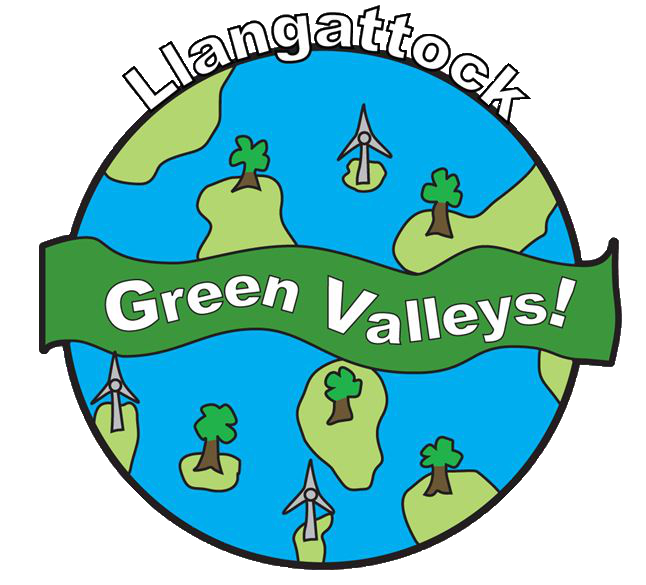Here’s a consolidated glossary of terms for UK community renewable energy projects in a standardized format, with duplicates removed and definitions merged:
Key Terms
Community Energy
A form of energy generation and management in which local communities have ownership or a significant role in decision-making. Projects include renewable energy, energy demand reduction, and supply initiatives, often through partnerships.
Example: A local solar farm owned by residents.
Renewable Energy
Energy derived from sustainable, replenishing sources (e.g., wind, solar, hydro, biomass).
Example: Wind turbines powering a village.
Microgeneration
Small-scale generation of heat/electricity by individuals, businesses, or communities to meet their own needs.
Example: Rooftop solar panels on a community center.
Decentralised Energy
Energy systems where power is produced closer to the point of use, reducing reliance on long-distance transport.
Example: A village solar array powering local homes.
Net Zero
Balancing greenhouse gas emissions with removals to achieve carbon neutrality.
Example: A community project eliminating emissions via renewables and efficiency.
Energy Transition
The shift from fossil fuels to renewable energy and sustainable practices.
Example: Replacing gas heating with solar panels and heat pumps.
Green Energy
Environmentally friendly energy from renewable sources (wind, solar, hydro).
Example: A local scheme supplying households with renewable electricity.
Technology-Specific Terms
Solar PV
Electricity generation using photovoltaic cells (solar panels).
Wind Power
Electricity generated by wind turbines.
Hydroelectric Power
Energy from flowing water, including “Run of River” systems.
Biomass
Organic matter (e.g., wood) used as fuel.
Air Source Heat Pump (ASHP)
Low-carbon heating technology using electricity to transfer ambient heat.
Microgrid
A local energy grid that can operate independently or alongside the national grid.
Example: A village microgrid storing solar energy for nighttime use.
Energy Storage
Storing energy (e.g., batteries) to balance supply and demand.
Example: Storing daytime solar power for evening use.
Financial & Support Mechanisms
Smart Export Guarantee (SEG)
Payments from energy suppliers for exporting surplus renewable electricity (up to 5MW).
Renewable Heat Incentive (RHI)
Government payments for renewable heating projects (domestic/non-domestic).
Contracts for Difference (CfD)
Auction-based support for large-scale renewable generators.
Feed-in Tariff (FiT)
Legacy policy providing fixed payments for renewable energy fed into the grid.
Example: Payments to a community wind farm.
Community Benefit Fund
Revenue from energy projects reinvested into local initiatives.
Example: A wind farm funding education or social services.
Grid Parity
When renewable energy costs match or undercut grid electricity.
Example: Solar power becoming cheaper than grid energy.
Regulatory & Certification
Microgeneration Certification Scheme (MCS)
UKAS-accredited certification for microgeneration products/installers.
Renewable Energy Consumer Code (RECC)
Code of conduct for installers of SEG-approved projects.
Energy Performance Certificate (EPC)
Rating system for building energy efficiency.
Government & Policy
Department for Business, Energy & Industrial Strategy (BEIS)
UK government body overseeing energy policy.
Renewable Energy Targets
Legally binding goals for renewable energy adoption (e.g., EU’s 2020 15% target).
Welsh Government Energy Strategy
Wales’ plan for a low-carbon future (e.g., Energy Wales: A Low Carbon Transition).
Local Energy Plans
Community/council strategies for sustainable energy management.
Example: A Welsh council targeting 100% renewables by 2030.
Technical & Operational Terms
Capacity
Maximum power output (kW/MW) of an energy installation.
Carbon Footprint
Total greenhouse gas emissions from activities.
Combined Heat and Power (CHP)
Simultaneous production of electricity and usable heat.
Energy Efficiency
Reducing energy use without sacrificing quality of life.
Example: Insulating community buildings.
Smart Metering
Digital meters tracking real-time energy use.
Example: Monitoring household consumption to reduce waste.
Electric Vehicle (EV) Infrastructure
Charging networks supporting electric vehicles.
Example: Village EV charging points.
Local Energy Market
Platforms enabling local energy trading.
Example: Residents selling excess solar power to neighbors.
Sustainability
Meeting current needs without compromising future resources.
Example: A community program reducing waste and protecting ecosystems.
